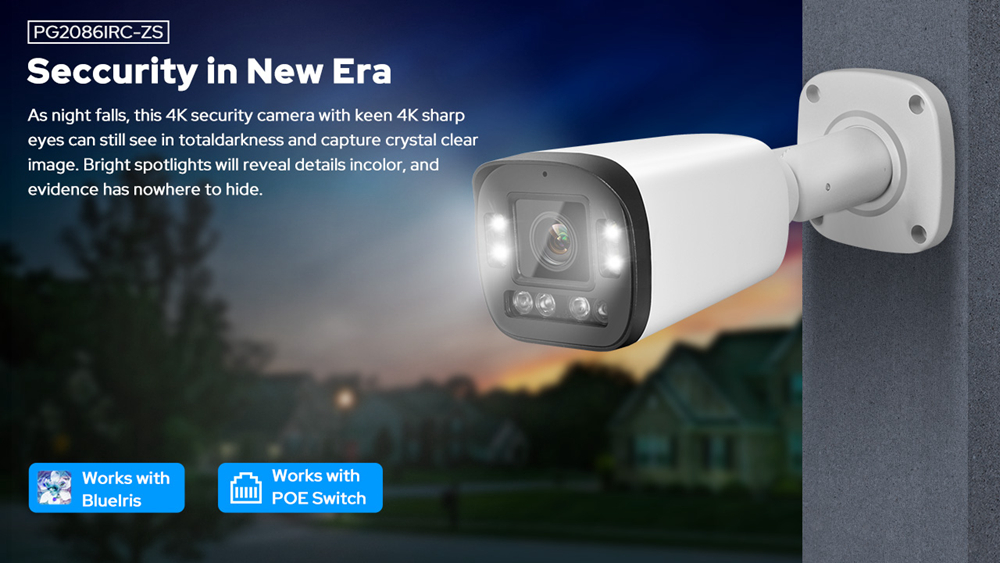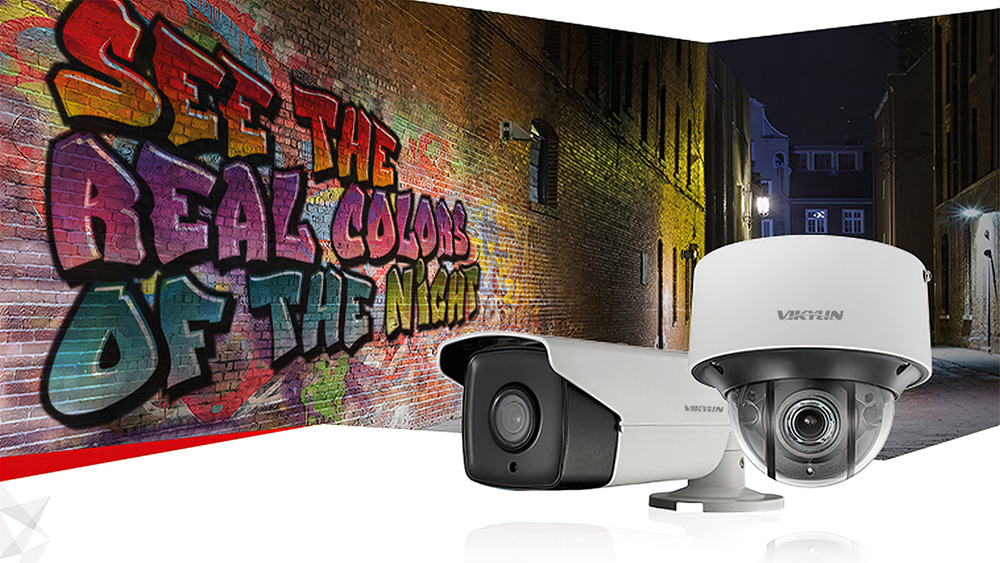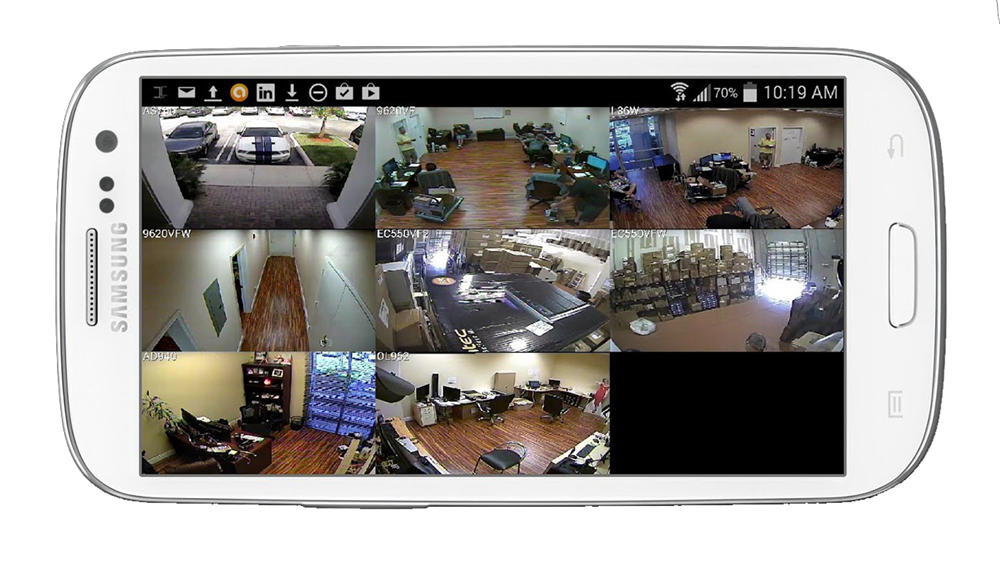How To Keep Your Camera Dry In The Rain?
When you invest in a outside cameras for home, you want it to last long. So if you live in an area where it rains a lot, you might be concerned about your home surveillance camera. Usually, outdoor security cameras are not waterproof. Therefore, you’ll need to take important measures to keep your outdoor camera safe from rain. Carry on reading to learn the best techniques for keeping your CCTV camera safe from rain.

There are many ways to keep your security camera dry when it rains. This way, you can ensure its durability. Furthermore, you can save money on repairs. Some ways you can protect your outdoor use security cameras from rain include:
Position The Camera So Rain Doesn’t Reach It
One of the most obvious and basic techniques is to keep your camera out of the rain. To do so, you can position it in a way it won’t make any contact with the rain. In addition, you can protect the camera by adding a canopy or tarp over it. You can also check the expected weather to make sure you reposition your camera as needed.
Use a Waterproof Box to Cover the CCTV
A waterproof box can be of service when you need to protect your outdoor spy camera. You can come across many different types of water boxes; choose one that meets your requirements! For example, you’ll need a box that fits on top of the camera if your CCTV is inside the store. Or, perhaps, you keep your security camera outdoors. In that case, you might need something larger for increased protection. And if you don’t have a waterproof box on hand, use a plastic wrap or waterproof bag to cover the security camera monitor before placing it in a box!
Put the Camera In A Well-Ventilated Area
Your camera will give a good-quality image if it is placed in a well-ventilated space. Otherwise, the moisture degrades the video quality, even making the camera malfunction. So you would need to keep the camera in an area with no openings nearby. Therefore, place the camera at a position and angle that works for you. Furthermore, make sure you choose a spot with a lot of ventilation!


